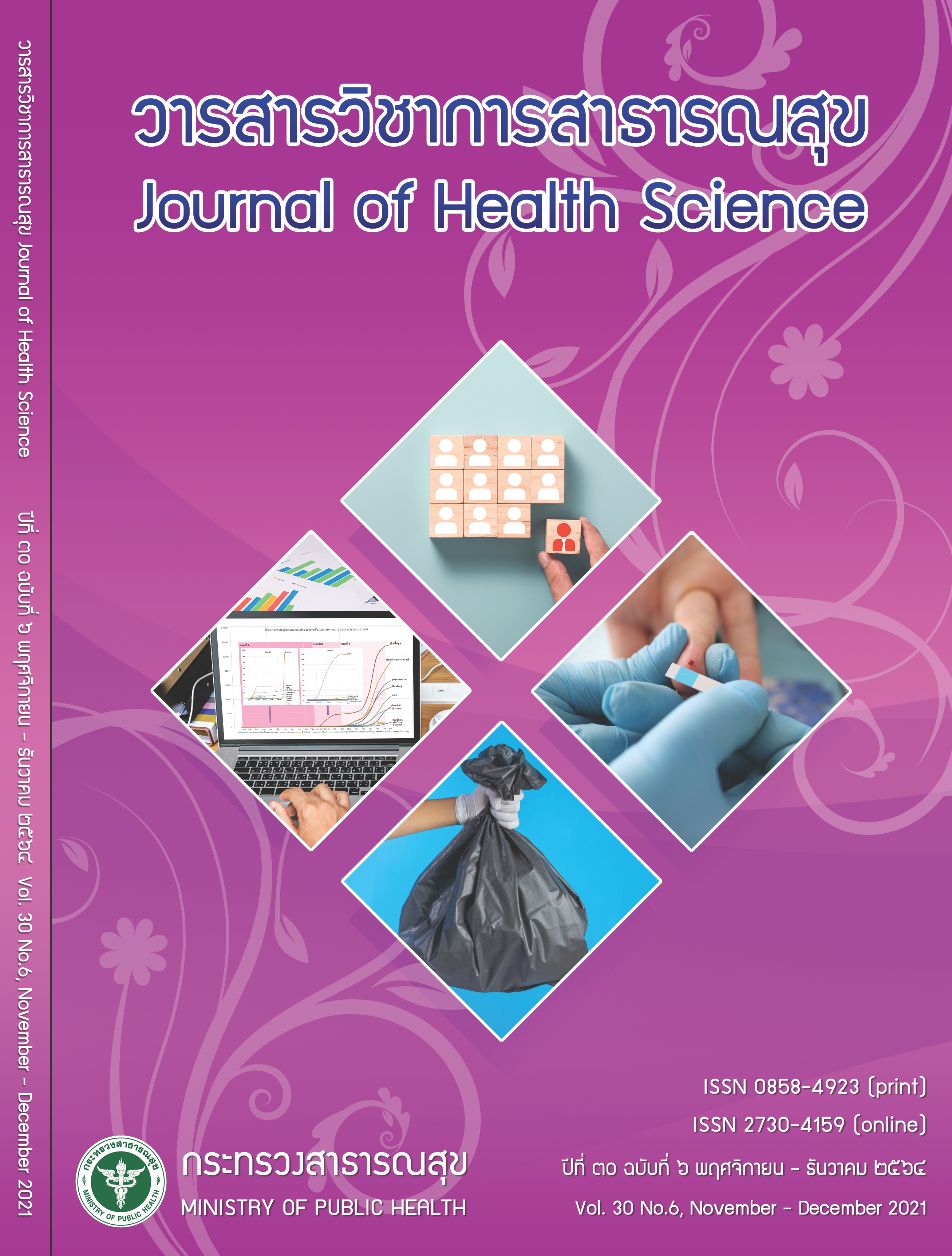Development of Stroke Fast Track Model for Primary Care Unit: a Case Study of Nonnamthaeng Medical
Keywords:
stroke fast track, primary care unit, strokeAbstract
The objective of this study was to develop a stroke fast track model for primary care unit as a case study at Nonnamthaeng Medical Center, Muang Amnat Charoen District, Amnat Charoen Province. It was conducted during January 2014 - April 2017. Fifty-two key informants were selected from 3 main groups: (1) patients and family caregivers, (2) health care providers, and (3) local community stakeholder; and 30 participants were selected from (1) patients and family caregivers, (2) health care providers, and (3) local community stakeholder. The research procedure consisted of four phases: (1) context analysis, (2) model development, (3) testing and evaluating of the model, and (4) the model improvement. The data were analyzed and described using percentage, mean, and content analysis. It was found that the model of stroke fast track for primary care unit that was developed had covered all stages of disease and the linkage of health services from primary care, secondary care and tertiary care to long-term care in the community. The model consisted of 5 components: (1) primary prevention of stroke, (2) community education for stroke awareness and stroke alert, (3) emergency medical services response in community, (4) inter-hospital transfer of patients with acute stroke care, and (5) post stroke care. The results of the model implementation revealed that (1) process indicators: a rapid response and accurate patient assessment of acute stroke increased from 60.00% to 100.00%, (2) outcome indicator: there was a decrease in the incidence of new cases of cerebrovascular disease from 26.50% to 0.00%, (3) complication prevention indicator: stroke patients did not fall at home and there was no evidence of pressure sores, (4) improved long-term quality of life of the patients was observed as measured by stroke specific quality of life scale (no help needed – no trouble at all), 66.60%, and (5) increased good clinical outcomes at 1-year post-discharge as measured by modified Rankin scale, and 55.5% of the patient had no residual symptoms.
Downloads
Downloads
Published
How to Cite
Issue
Section
License

This work is licensed under a Creative Commons Attribution-NonCommercial-NoDerivatives 4.0 International License.







